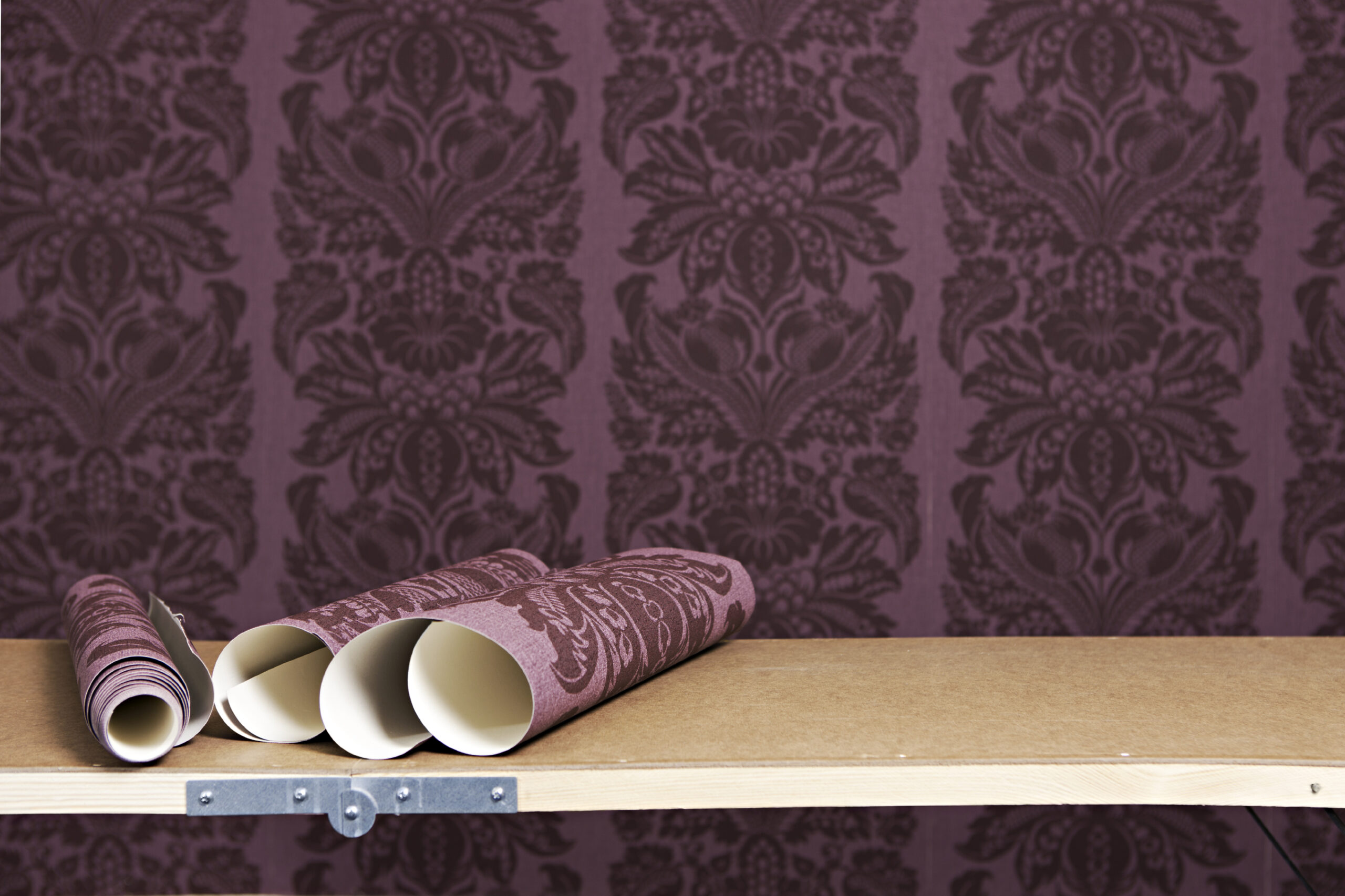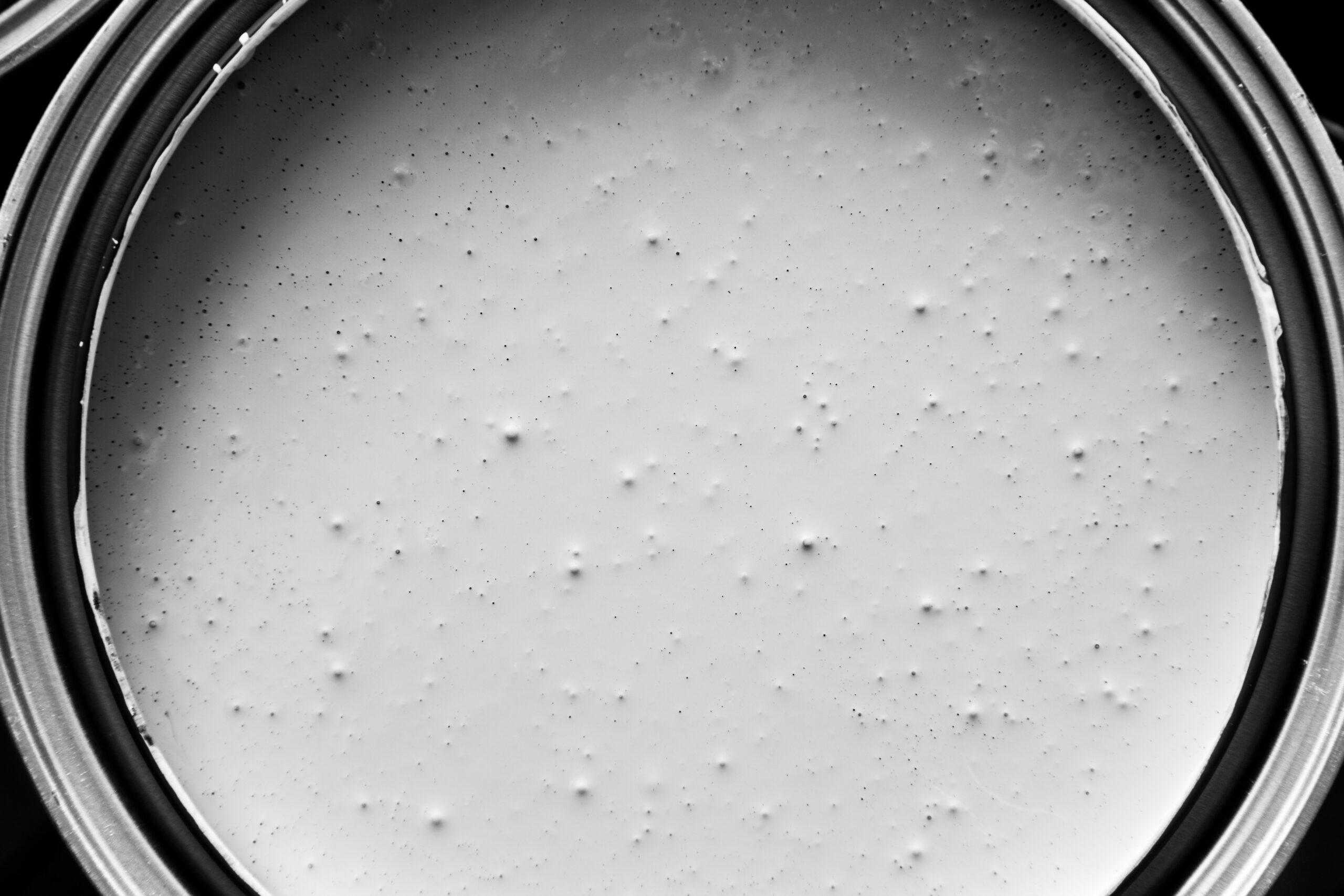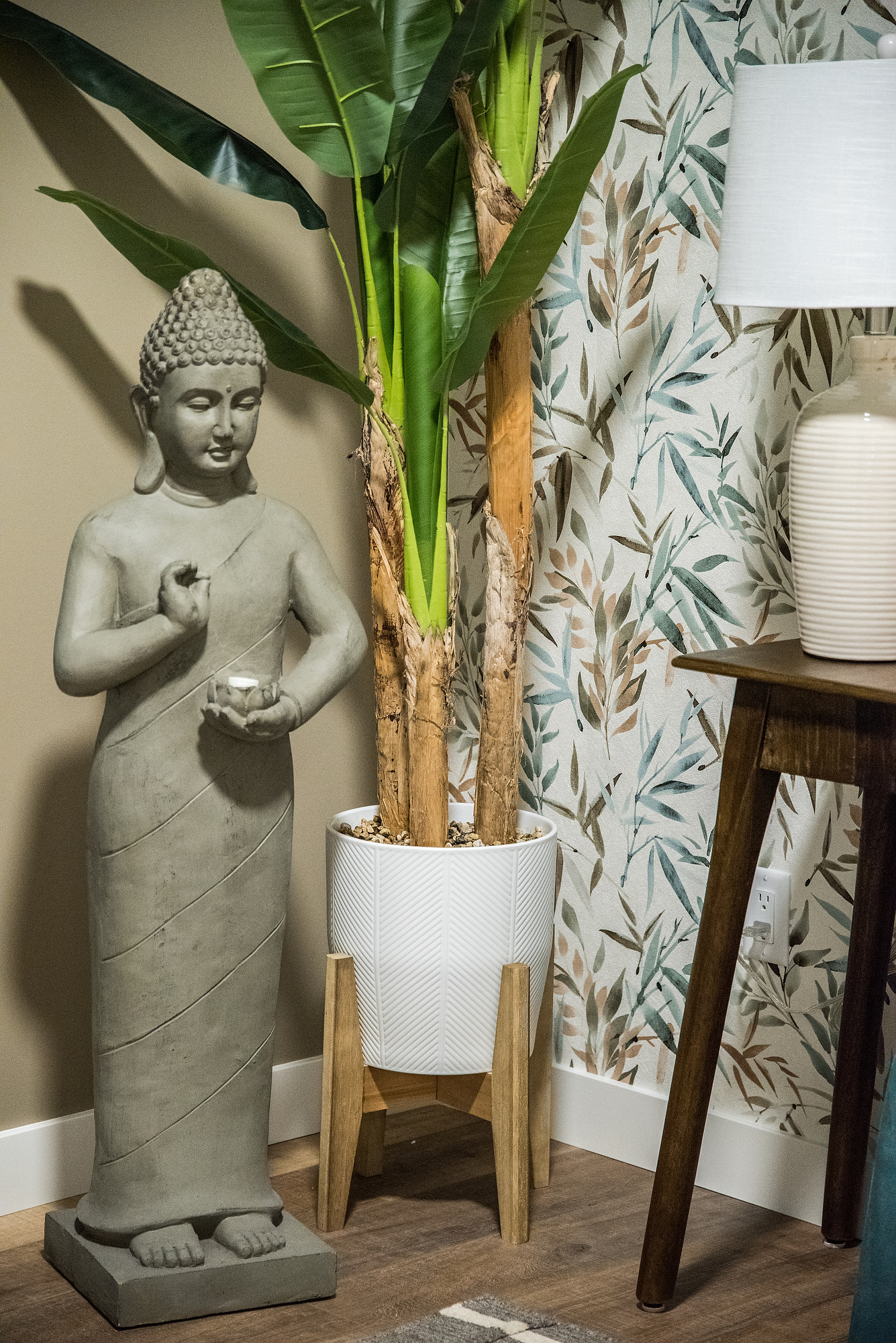Is your homes current paint scheme simply bringing you down? Are you leaning towards a look that favors refreshing & calm or gravitating towards a paint color that is more luxurious & rich? Perhaps an informative color consultation will direct you towards the right path! Both color & light are essential elements related to interior design. Color and light greatly impact the way a room makes us feel, how we manage to conduct ourselves & influence the overall design of an interior space. Picking the perfect color can be tricky & become frustrating and overwhelming. By opting for an informative color consultation an interior decorator will gladly assist, in helping you select a correct color palette that is paramount for the design of your home!
Home is not just a place to sleep, home is where we house our souls.
Alexandra Stoddard

You’re eager to update & craving a specific look, something that feels fresh, current & unique. You’re committed to making a change & regardless of the choice; you know any color difference or a stylish wallpaper will be an astounding improvement. You’d like to decide quickly to get this project on the go & finally cross this task soon off your list. Whether you request a paint color consultation from an interior decorator or attempt to select a hue solely by yourself, incorporating a new paint color, wallpaper, or both is one of the best ways to transform a space effectively. Imagine your home lacking any color, pattern, or texture; it would be monotonous, flat & dreadfully dull. Consider a wallpaper or paint color consultation as an informative way to help direct yourself toward a smart design choice.
Be a Smokey Taupe or Stratford Blue; the colors you choose to interior decorate with suggestively direct the overall mood & ambiance of your home. While most of us may not spend much time thinking about color, it’s a component of our lives that affects us daily. The climate, your age, gender & ethnicity all play a role in our responses to color. Color reflects an individual’s personality, can encompass a distinct feeling or disposition & also set a standard of design style. You may desire a home filled with relaxation & warmth, casting layer upon layer of luxury & ease, or perhaps you prefer something more lighthearted & fresh, inspired by nature, restful & calm.
I wonder if any element of interior design is more personal than color? Nothing can more quickly reveal aspect of personality and character, than the choice – or absence – of color.
Van Day Truex


Not all colors, however, promote a positive vibe. Some have been branded to do just the reverse. Certain color schemes, their tints and shades, have been known to repeatedly toy with our emotions. Some colors expose temperaments of agitation and unease, while others may tempt your appetite, luring you to feast. One color may appear to elevate a room’s warmth, while a slight tint of another can broadcast a brisk chill.
With a colossal of colors & countless variables to consider, the anticipation of the unknown can raise confusion & doubt. Your original idea of a rapid & swift makeover has left you feeling regretful, confused & drained. Don’t let your uncertainty conquer your motivation. Selecting the perfect palette takes a little bit of skill. What you want to ensure when deciding on decorative colors is to compose & blend your choices into agreeable combinations. Try to balance a palette that appeals to your taste & still coincides with the style of your home. If you still feel intimidated, reluctant & scared, a professional paint color consultation is just a phone call away.
- Colors act in three basic ways: active, passive, or neutral
- Variables such as the amount of light & contrasting colors, will significantly affect the portrayal of a color
As an interior designer, it’s important to ask a lot of questions, and a paint color consultation is just that. If you are knowledgeable about what you desire from a space, it will positively affect the interior design. Ask yourself these questions before you pick up a paintbrush or select wallpaper. You’ll be more likely to be pleased with the color, encouraging that inner interior decorator to venture out more often.
- How do I want the space to look & feel?
- Can I accomplish this atmosphere from paint or wallpaper alone?
- Is there enough light & contrast to support this color or pattern choice?
- How does this color appear at different stages of the day? Night vs Day
- Will this color/wallpaper choice coincide with my current home furnishings & finishes?
- Is this color pallet harmonious with the rest of my home?
Try to limit the number of colors in a room to under two. Anything above that starts to make a room appear disorderly, especially if you’re going for a rested and relaxed feel. Dark colors are mature, sophisticated, and warm; they give larger rooms a more formal, rich, and intimate appearance. Light colors are spacious, carefree, and calm, making rooms seem expansive, cheerful, and bright.
Below are some general observations on the psychology of various colors. Before a wallpaper or paint color consultation, consider how they may influence your home’s interior design and ambiance.

Beige is atmosphere. It’s bisque, it’s ivory, it’s cream, it’s stone, it’s toast, it’s cappuccino. It’s, well, it’s magic.
Albert Hadley
Neutrals: Black, Gray, White, & Brown
Neutrals: Black, Gray, White, & Brown
- The fundamental & essential colors of every Interior Designer & Interior Decorator
- Neutral color schemes are enormously versatile & incredibly flexible
- Most colors are easily integrated with neutrals & can readily adapt with various tints, tones, & shades
- Black is best used in small doses, such as an accent.
- Color experts say you need some black in every room, it helps to curb your eye
Red
Red
- increases a rooms energy level
- considered too stimulating for a bedroom especially a child’s room
- known to raise blood pressure
- speeds respiration & heart rate
- can make people irritable, argumentative, & aggressive
- a good choice for a dining rooms
- inspires interaction & conversation
- stimulates appetites
- best used as an accent color
Orange
Orange
- orange & yellow hues raise the perceived temperature of a room
- because of its warming effect orange is a great color for north facing rooms
- inspires activity, enthusiasm, & excitement
- good color for workout rooms
- orange & red tones encourage movement
- not suggested for bedrooms due to its energetic qualities
Yellow
Yellow
- portrays & resembles the sun
- conveys cheerfulness & delight
- uplifts, rejuvenates, & energizes
- is an excellent choice for kitchens, dining rooms, & bathrooms
- in small spaces yellow can feel expansive and welcoming
- not a good choice for main color schemes
- known to causes anger & frustration
- people are more likely to lose their temper in a yellow interior
- babies cry more in yellow rooms as opposed to any other color
Green
Green
- the most restful color for the eye
- has a calming effect when used as a main color for decorating
- suited for almost any room in the house
- one of the top colors to be surrounded by for lengthy periods of time
- a soft tinted green can have a pleasant cooling effect, therefore is great for kitchens
- wonderful in a family room, living area, or home office
- productivity & concentration booster
- encourages one to unwind, relax, & relieve stress
- warm tones in green promote calmness & friendship
- great choice for the bedroom as green is believed to assist with fertility
Blue
Blue
- slows respiration & heart rate
- known to bring down blood pressure
- considered soothing, calm, & serene
- recommended for bedrooms & bathrooms
- warmer bright blues inspire relaxation
- lighter tinted hues can come across icy & cold, particularly in rooms receiving little natural light
- soft blues are good colors for principal areas such as family or living rooms
- dark blue shades can evoke feelings of gloominess, not a beneficial bedroom color
- Navy blue is not suggested in living or dining rooms as it deters conversation & communication
Purple
Purple
- similar to blue, lavender & lilac hues bring calm & restful qualities
- frost and cold tones that appear in blues are not apparent in lighter purple hues, such as lilac & lavender
- darkest values such as eggplant, is seen as rich, dramatic, & sophisticated
- associated with luxury and creativity
- when used as an accent color it gives depth
